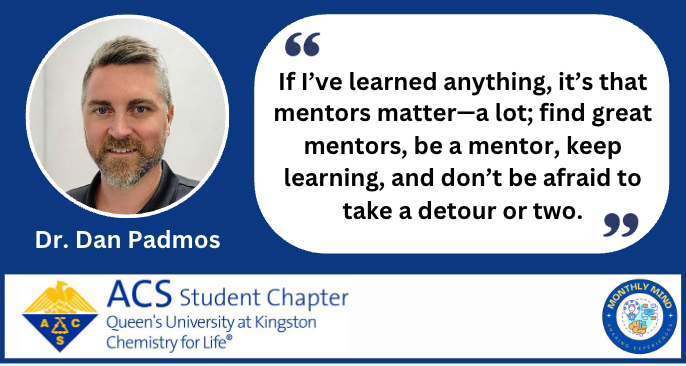Monthly Mind - Emy Kim
- Q-ACS

- May 13
- 2 min read
This month's Monthly Mind Initiative features Emy Kim, Assistant Professor of Artifacts Conservation at Queen's. Discover how Emy's unique journey, blending pre-medical studies with a passion for art history and conservation, showcases the fascinating intersection of art and science. Her dedication to preserving material culture and mentoring future conservators perfectly aligns with the spirit of collaboration and innovation we champion at Q-ACS. Thank you, Emy, for sharing your inspiring story.

I am Assistant Professor of Artifacts Conservation in the Master of Art Conservation Program in the Department of Art History and Art Conservation at Queen's. Conservation is a field and profession that merges art and science in many ways, from the way we interpret our material culture to thinking of ways to preserve it for the future.
I began an undergraduate pre-medical student at Princeton University. I was drawn to medicine because I liked helping people and problem-solving. At the same time, I loved making art and fixing things but viewed it more as a hobby because I could not see myself producing art as a career. Even so, at Princeton I was able to juggle a bit of both by majoring in Art History and Visual Arts and taking pre-med courses in chemistry, organic chemistry, physics, and molecular biology. Unbeknownst to me at the time, these courses prepared me for what was to come. My love for art pulled me to a work study position at the Princeton University Art Museum, where I met fabulous curators and a conservator--so eventually, art won me over. I continued on to an MA in Art History at Williams College, where I lucked out with a fellowship at the Williamstown Art Conservation Center. There, I worked alongside conservators and conservation scientists to understand condition issues and find solutions to help preserve some incredible artworks. I was hooked! I continued with my conservation training at the Institute of Fine Arts at New York University, where those courses in chemistry turned out to be prerequisites for admission. After graduation, I worked at the Brooklyn Museum, the Fine Arts Museums of San Francisco, the Cantor Arts Center at Stanford University, the Art Gallery of Ontario, and the Aga Khan Museum.
As a practicing conservator as well as educator, I straddle the professional and academic spheres. Being at Queen's allows me to undertake research that can test properties of materials being used in treatments and do technical analyses of heritage objects and then share my findings broadly with conservation and scholarly communities. I also have the privilege of training the next generation of conservators in Canada—in fact, the only graduate level program in heritage conservation in Canada. This is a huge opportunity and responsibility, and there's no place I'd rather be.
For students unsure of how to balance two diverging interests, my advice is this: work with mentors you respect and keep doing a bit of everything you love. Even if your path does not look obvious at the start, with the right mentors you will gain wisdom and eventually find your way.
%20(1).png)



Comments